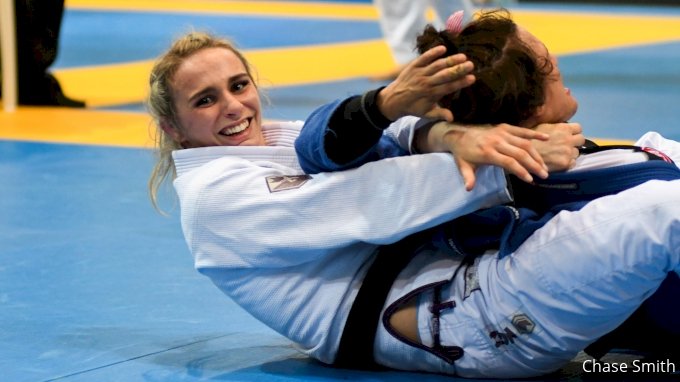Judo
Judo is a grappling martial art and combat sport emphasizing throws, grappling techniques, and control on the ground, with a strong emphasis on mental discipline and sportsmanship. It's often described as "the gentle way" because it focuses on using an opponent's strength and momentum against them.
Key aspects of Judo:
Emphasis on throws and takedowns: Judo is known for its spectacular throwing techniques (nage waza) and grappling techniques (katame waza).
Grappling on the ground: While throws are a major focus, Judo also involves ground control, pins, and submissions (like arm locks and chokes).
"The gentle way": Judo emphasizes using an opponent's energy against them, rather than brute force.
Mental discipline and sportsmanship: Judo promotes physical prowess, but also mental discipline, self-control, and respect for opponents and the sport.
Olympic Sport: Judo has been an Olympic sport since 1964.
Evolution from Jujutsu: Judo evolved from the older Japanese martial art of Jujutsu.
Judo vs. BJJ: While both involve ground fighting, Judo is more focused on throws and takedowns, while Brazilian Jiu-Jitsu (BJJ) emphasizes ground control and submissions.
Jiujitsu
Jiu-jitsu, often called Ju-jitsu, is a Japanese martial art focused on grappling and ground fighting, with an emphasis on controlling and submitting an opponent through joint locks and chokes. It's a "gentle art" that uses leverage, angles, and technique rather than brute strength.
Key aspects of Jiu-jitsu:
Focus on Ground Fighting:
Jiu-jitsu is primarily a ground-based martial art, emphasizing takedowns and controlling the ground.
Submission Techniques:
The goal is to control and subdue an opponent through various submission holds like chokes, armbars, and other joint locks.
Leverage and Technique:
Jiu-jitsu emphasizes using leverage, angles, and proper technique to overcome an opponent, even if they are larger or stronger.
Self-Defense Applications:
Jiu-jitsu provides practical self-defense techniques, especially for smaller or weaker individuals against larger or stronger attackers.






